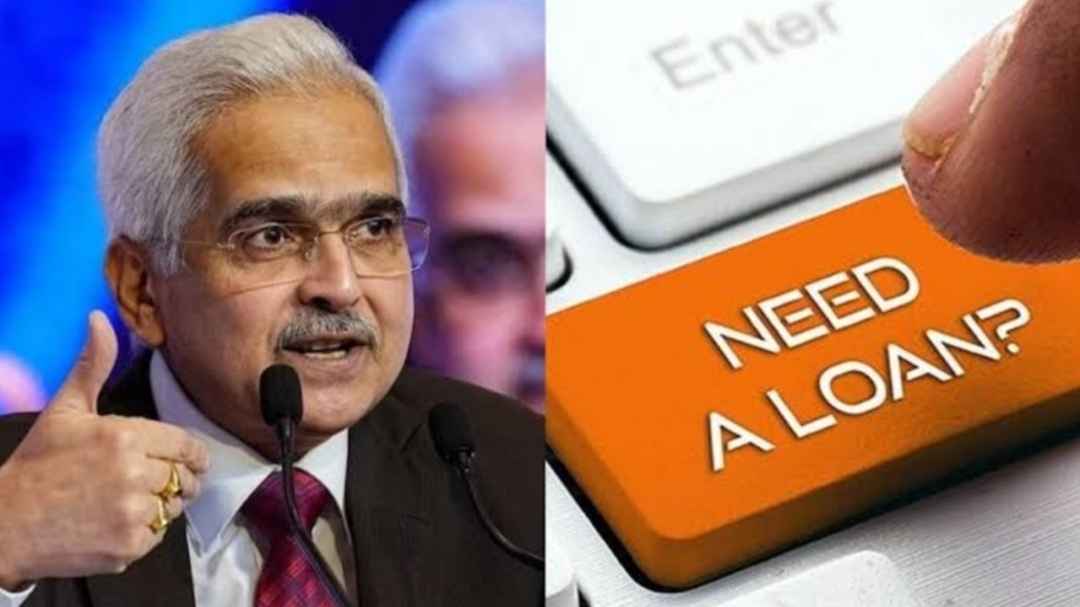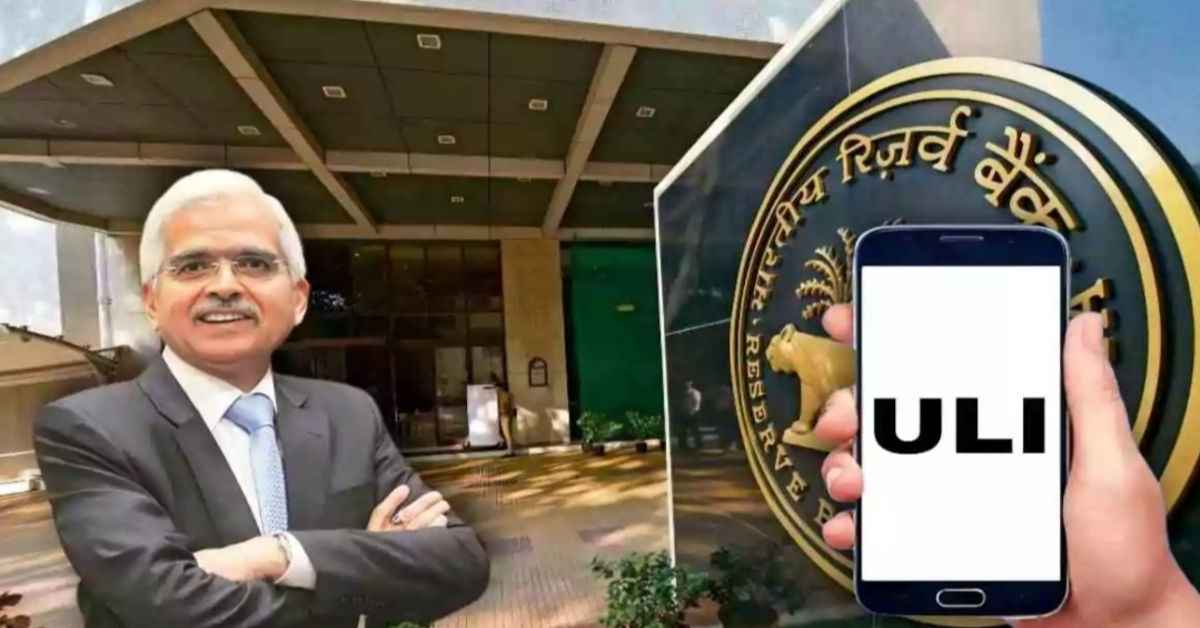The Unified Payments Interface (UPI) has been a game-changer in India’s digital payment landscape, transforming how we transact daily. From small kirana stores to large retailers, UPI has become the go-to method for quick and seamless payments. Recognizing the monumental success of UPI, the Reserve Bank of India (RBI) is now poised to take the next big leap in the digital banking ecosystem with the introduction of the Unified Lending Interface (ULI).
The Evolution of UPI: A Brief Overview

UPI was launched in 2016 by the National Payments Corporation of India (NPCI) under the guidance of the RBI. It was a bold move to create a platform that allowed users to transfer money instantly between bank accounts using their mobile devices. The ease of use, combined with the support of banks and fintech companies, catapulted UPI to success. As of 2024, UPI has processed billions of transactions and has set a global benchmark for digital payments.
The Impact of UPI on Digital Payments
UPI’s impact on the Indian economy cannot be overstated. It democratized digital payments by allowing even those without smartphones or internet access to make transactions through features like USSD-based payments. The integration of UPI with various sectors, including e-commerce, utilities, and government services, has further solidified its role in everyday life.
Global Recognition
The success of UPI has not gone unnoticed on the global stage. Several countries, including Singapore, Bhutan, and Nepal, have adopted or are in the process of adopting UPI-like systems to enhance their digital payment infrastructure. This international recognition underscores UPI’s role as a pioneer in the digital payments revolution.
Enter ULI: The Next Revolution in Digital Banking

Building on the success of UPI, the RBI is now focusing on the next frontier: digital credit. The Unified Lending Interface (ULI) is set to transform how loans are disbursed, managed, and repaid in India. Just as UPI simplified payments, ULI aims to streamline the lending process, making it faster, more transparent, and more accessible to millions of Indians.
Read this also: KL Rahul Retained! Lucknow Super Giants Secure Their Captain Ahead of IPL 2025 Mega Auction
What is ULI?
The Unified Lending Interface (ULI) is a digital platform designed to bring all aspects of lending under one roof. It will allow banks, Non-Banking Financial Companies (NBFCs), fintech firms, and other financial institutions to offer credit products dire
ctly to consumers through a unified digital interface. The idea is to create a seamless and efficient process for both lenders and borrowers, reducing paperwork, processing time, and the potential for human error.
How ULI Works
ULI will operate similarly to UPI but with a focus on digital credit. Here’s how it is expected to work:
- Integration with Financial Institutions: ULI will be integrated with banks, NBFCs, and fintech platforms, enabling them to offer their credit products directly through the ULI interface.
- Digital KYC and Credit Assessment: The platform will utilize digital Know Your Customer (KYC) processes and advanced algorithms to assess creditworthiness, ensuring that loans are disbursed quickly and efficiently.
- Seamless Loan Disbursement: Once approved, loans can be disbursed directly to the borrower’s bank account, much like how payments are processed through UPI.
- Repayment and Monitoring: Borrowers will be able to repay their loans through the same interface, with options for auto-debit, reminders, and more. ULI will also offer real-time monitoring of loan repayments, reducing the risk of defaults.
Benefits of ULI

The introduction of ULI is expected to bring several benefits to both consumers and lenders:
- Increased Accessibility: Just as UPI made digital payments accessible to millions, ULI will make credit accessible to a broader population, including those in rural areas who may have previously been underserved by traditional banking systems.
- Efficiency and Speed: ULI will streamline the entire lending process, reducing the time it takes to approve and disburse loans. This will be particularly beneficial for small businesses and individuals who need quick access to funds.
- Transparency and Security: By bringing all lending activities under a single platform, ULI will increase transparency in the lending process, reducing the chances of fraud and ensuring that all transactions are secure.
- Cost-Effective: For lenders, ULI will reduce operational costs by automating many aspects of the lending process, allowing them to offer more competitive interest rates.
ULI and the Future of Digital Credit in India
The RBI’s move to introduce ULI is part of a broader strategy to modernize India’s financial infrastructure and push the country further along the path of digitalization. By making credit more accessible and the lending process more efficient, ULI has the potential to drive economic growth, particularly in sectors like small and medium enterprises (SMEs), which are often the backbone of the economy but struggle to access credit.
Potential Challenges

While the prospects for ULI are promising, several challenges need to be addressed for it to be successful:
- Infrastructure and Connectivity: Like UPI, ULI will require robust digital infrastructure, including internet connectivity and smartphone penetration, particularly in rural areas. The government and private sector will need to work together to bridge the digital divide.
- Data Privacy and Security: With the increased digitization of financial services comes the need for stringent data privacy and security measures. The RBI will need to ensure that ULI is built with strong safeguards to protect consumer data.
- Awareness and Adoption: Just as it took time for UPI to gain widespread adoption, ULI will also need significant efforts in terms of consumer education and awareness. Financial literacy campaigns will be crucial in ensuring that consumers understand how to use the platform effectively.
Conclusion: A New Era for Digital Banking in India
The introduction of the Unified Lending Interface (ULI) marks the beginning of a new era in digital banking in India. Following the unprecedented success of UPI, ULI promises to revolutionize the way credit is accessed and managed in the country. By making loans more accessible, transparent, and efficient, ULI has the potential to drive significant economic growth and bring millions more into the formal financial system.
As India continues its journey toward becoming a digital-first economy, innovations like ULI will play a critical role in shaping the future of banking and finance. The RBI’s proactive approach in embracing technology and pushing for digital transformation is commendable and sets a positive precedent for other developing economies looking to modernize their financial systems.
With the rollout of ULI, India is once again set to lead the world in digital financial innovation, proving that when it comes to fintech, the country is not just keeping pace with global trends—it’s setting them.

[…] Read this also: After UPI, RBI Introduces ‘ULI’ to Revolutionize Digital Credit in India […]